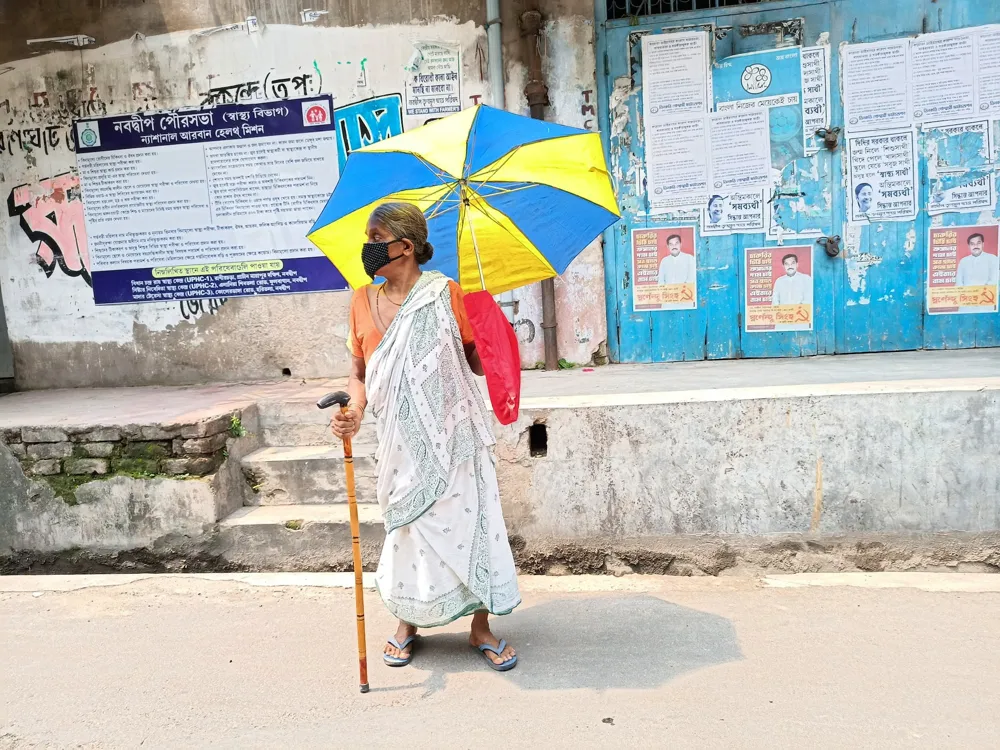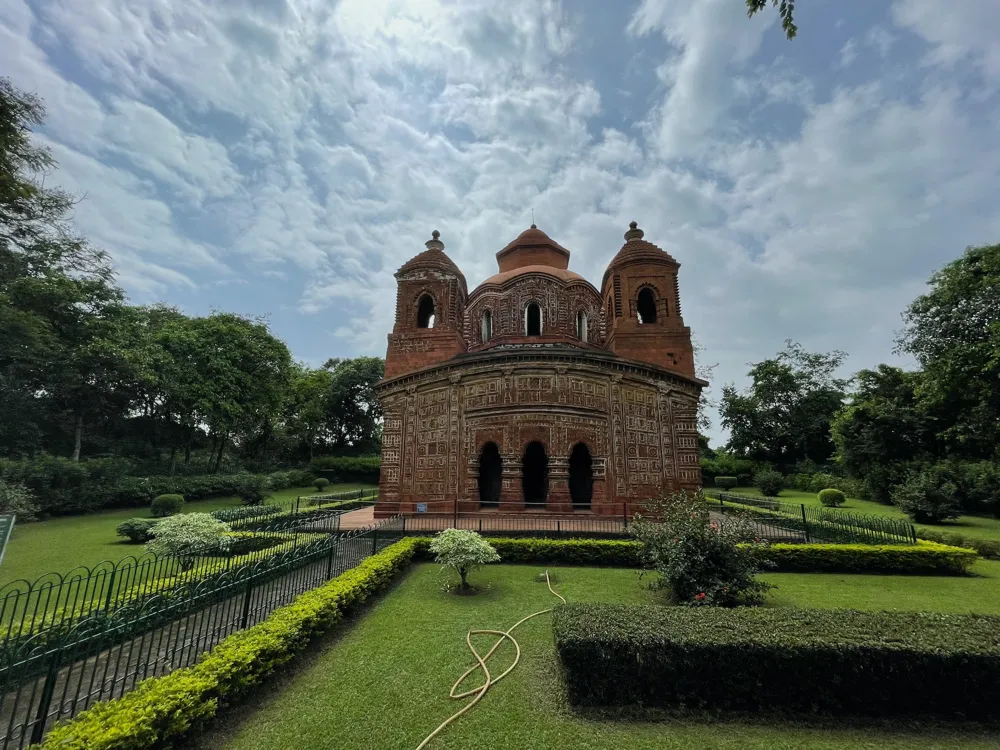Barasat Stadium, situated in the heart of Kolkata, West Bengal, stands as a beacon of sportsmanship and architectural brilliance. This iconic stadium, also known as the Vidyasagar Krirangan, named after the famous Bengali polymath and philosopher Pandit Ishwar Chandra Vidyasagar, serves as a multi-purpose venue, primarily hosting football matches. With a capacity to accommodate thousands of spectators, the Barasat Stadium has been a significant part of Kolkata's rich sporting history, witnessing numerous memorable matches and events. The stadium's strategic location in Barasat, a rapidly developing suburb of Kolkata, makes it easily accessible and a popular choice for local and international sports events. Over the years, Barasat Stadium has hosted various significant football matches, including local league games and international friendlies, attracting a diverse crowd of sports enthusiasts from all over the world. Apart from its role as a sports venue, the Barasat Stadium has also been a hub for cultural events and community gatherings, showcasing the versatile nature of its infrastructure. Its significance in the community goes beyond sports, serving as a symbol of unity and pride among the locals. The stadium's design and infrastructure reflect the vibrant sporting culture of Kolkata, a city known for its passionate love for football. The stands, pitch, and facilities are maintained meticulously to ensure the best experience for players and spectators alike. The Barasat Stadium is not just a structure made of concrete and steel; it is a living, breathing entity that resonates with the energy and spirit of sports. The Barasat Stadium is a marvel of modern architecture, blending functionality with aesthetic appeal. Designed by renowned architects, the stadium's structure is a testament to innovative engineering and thoughtful planning. The architectural design of Barasat Stadium is a perfect amalgamation of traditional Indian styles and contemporary architectural techniques, making it a unique landmark in the region. One of the most striking features of the stadium is its impressive facade, which is both imposing and welcoming. The use of local materials and construction techniques not only adds to the stadium's visual appeal but also pays homage to the region's rich cultural heritage. The stadium's layout is meticulously planned to ensure smooth crowd management, easy access to seating areas, and unobstructed views from every corner of the arena. The interior of the Barasat Stadium is equally impressive, with state-of-the-art facilities for athletes and spectators. The seating arrangement is designed to provide maximum comfort and visibility, ensuring an immersive experience for the audience. The use of advanced lighting and sound systems enhances the atmosphere during events, creating a vibrant and energetic environment. Sustainability and eco-friendliness are key aspects of the stadium's design. The use of renewable energy sources, efficient water management systems, and green spaces around the stadium contribute to its environmental responsibility. These features not only make the Barasat Stadium a model of sustainable architecture but also ensure its longevity and relevance for future generations. Before heading to the Barasat Stadium, it's essential to plan your visit. Check the event schedule, book your tickets in advance, and be aware of the stadium's rules and regulations. It's also advisable to check the weather forecast and dress accordingly. Barasat Stadium is well-connected by public transport. If you're driving, be aware of the parking facilities and traffic conditions. Public transport users should check the latest schedules for buses and trains for a hassle-free journey. The stadium houses various food and beverage outlets. However, it's always good to know the options beforehand. Also, be mindful of the rules regarding bringing outside food and drinks into the stadium. Your safety is paramount. Follow all security protocols at the stadium, including bag checks and metal detectors. In case of any emergency, familiarize yourself with the nearest exits and follow the instructions of the stadium staff. Reaching Barasat Stadium is convenient, thanks to Kolkata's well-developed transport network. The stadium is accessible by road and rail, making it easy for both local and international visitors to reach. For those traveling by road, the stadium is connected via major highways and arterial roads. Public transport options like buses and taxis are readily available from different parts of the city. For visitors coming by train, the nearest railway station is Barasat Junction, which is well-connected to major cities and towns. From the station, one can opt for local transport like auto-rickshaws or buses to reach the stadium. Additionally, the city's metro rail service provides a fast and efficient way to travel, with plans for future expansion to include a station closer to the stadium. For international visitors, the nearest airport is the Netaji Subhash Chandra Bose International Airport in Kolkata. From the airport, one can hire a taxi or use the city's bus service to reach Barasat Stadium. The journey from the airport to the stadium offers a glimpse into the vibrant culture and bustling streets of Kolkata. Read More:Overview of Barasat Stadium in Kolkata, West Bengal
Architecture of Barasat Stadium
Tips When Visiting Barasat Stadium
Plan Your Visit
Transportation and Parking
Food and Beverages
Safety and Security
How To Reach Barasat Stadium
Barasat Stadium
Kolkata
West Bengal
NaN onwards
View kolkata Packages
Weather :
Tags : Sporting Events & Stadiums
Time Required : 1 - 2 hrs
Planning a Trip? Ask Your Question
Kolkata Travel Packages
View All Packages For Kolkata
Top Hotel Collections for Kolkata

Private Pool

Luxury Hotels

5-Star Hotels

Pet Friendly
Top Hotels Near Kolkata
Other Top Ranking Places In Kolkata
View All Places To Visit In kolkata
View kolkata Packages
Weather :
Tags : Sporting Events & Stadiums
Time Required : 1 - 2 hrs
Planning a Trip? Ask Your Question
Kolkata Travel Packages
View All Packages For Kolkata
Top Hotel Collections for Kolkata

Private Pool

Luxury Hotels

5-Star Hotels

Pet Friendly






















